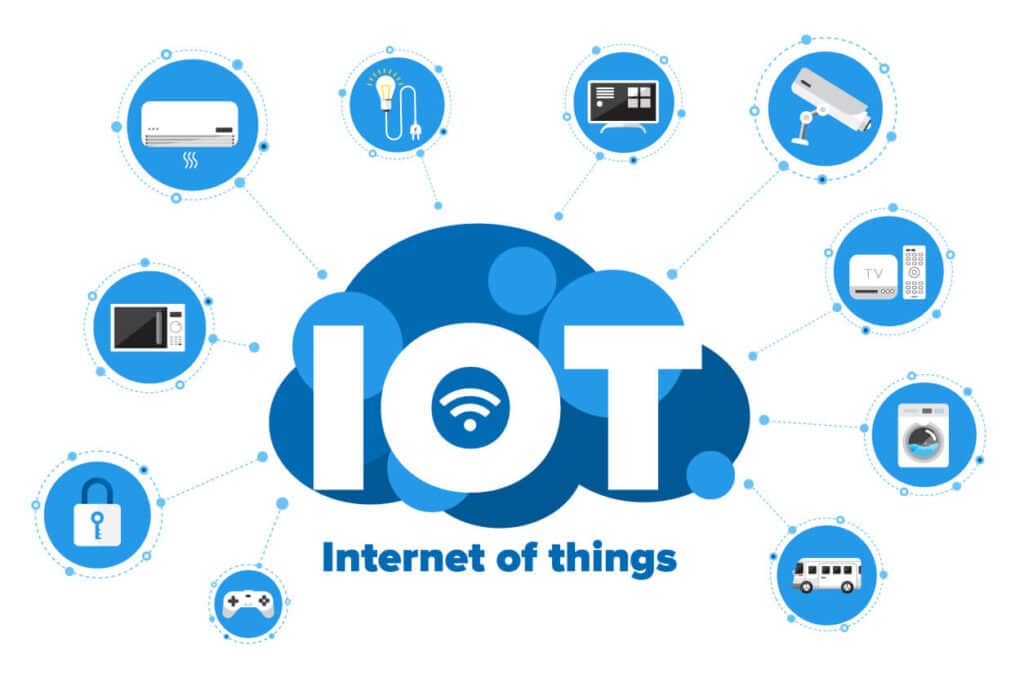Technology Trends and Tools Businesses Should Watch Out For
Business technology trends are typically linear and progressive. They tell us a lot about what technology is standard now and what we can expect to need or have available in the future. Having a solid understanding of what’s happening is key, it’s what our customers will come to expect and how we’ll need to evolve in order to remain competitive.
There are a few key technology trends that businesses should be watching for in 2023. In this post, we’re going to look at each one and some of the current tools that allow businesses to take part in each one.
What We Mean by “Technology Trends”
When we say “technology trends,” we’re not talking about the latest growth hack or a proclaimed-to-be-magic app that delivers unbelievable results. We’re looking at consistent patterns of growth in the technological field that are actively changing how we’re doing business in some way, whether that’s connecting with our customers or selling products or even protecting ourselves online. None of these technology trends are fleeting, and they’re all important indicators of what businesses should be watching moving forward.
The Internet of Things
The Internet of Things– which is often abbreviated as “IOT”– isn’t just referring to the fact that we all like the internet. Instead, it’s the concept (and increasingly, the reality) that all of our devices can connect to the internet and then to each other, resulting in a hyper-connected world.

As business leaders and marketers, we need to be able to see all the ways in which we can take advantage of this trend. For instance, in tracking and analytics, we need to understand probabilistic attribution, to connect issues and sales that may originate on one device and move to another. We can better understand consumer behaviors when we’re able to connect actions taken on one device and those on another. More than ever, we can integrate into our consumers’ everyday lives, through mobile, connected vehicles, virtual assistants, and more. From there, we only have to find the right customer relationship management (CRM) tools and techniques to improve our relationships, increase retention, and foster growth.
Current Tools Related to This Technology Trend
One of the most common ways to see the Internet of Things is to look for tools that offer significant potential for integrations with other tools you’re currently using.
The chat-based communication software Slack, for example, has integrations with hundreds of other business tools like Google’s Analytics, Salesforce, and AttendanceBot, allowing you to manage almost every aspect of your business from one interface.
The ability to follow and connect with customers from platform to platform is also an asset. You’ll see marketing, sales, and CRM tools designed to do this, connecting everything for a more streamlined process for everyone involved. Examples of powerful CRM platforms include Oracle CX Cloud, Salesforce, and Hubspot. These software allow businesses to unify and sync customer data across the customer journey, and provide robust omni-channel experiences.
Virtual and Augmented Reality
Virtual reality and augmented reality (which falls under the same umbrella) isn’t even new anymore. Facebook even has its own virtual reality platform. This allows you to hang out with your friends “in person” without actually having to move from your own couch.
Augmented reality is exceptionally popular in the marketing and sales departments for businesses, and they’re also useful internally by businesses who work on any kind of design or creation process. For instance, Houzz has a mobile app that allows customers to take pictures of their actual homes and drop in furniture they’re considering to see how it would look, exactly to scale and the room lighting accounted for.
Imagine being a clothing company that can show customers exactly what that dress would look like on their specific body type, or a hairstylist going through different coloring options with a client. There are a lot of uses here, and they’re becoming more and more the norm.
Current Tools Related to This Technology Trend
Right now, tools using augmented reality are pretty much being made specifically for individual businesses by teams of app developers and designers. There are, however, tools that can help you create AR tools for your business, called AR software development kits (SDK’s). Apple and Google both have their own open source augmented reality SDK’s. However, there are numerous open source AR toolkits on the market, which you can learn more about here.
Increased Automation & Streamlining
Work smarter not harder, right? One of the biggest technology trends right now agrees with that philosophy.
We’re seeing more tools focusing on the automation and simplifying of processes, and many of them are exceptionally effective. This includes software that’s got more automation for increasingly complex tasks, like accounting systems that can automatically send out follow-ups if payment hasn’t been made by a certain point.
Current Tools Related to This Technology Trend
Plenty of tools have fantastic automation and streamlining properties built into them. Virtual phone numbers, for example, allow you to route calls based on schedules that you set up or even via auto attendants to help callers reach their destination quicker. Invoicing software can automate repeat expenses for retainer clients, or send out those follow-ups so you don’t have to.
There are even tools built entirely around automation, like IFTTT, which allow you to automate almost anything you can think of to trigger an action based on certain conditions, like having all blog posts automatically shared to social media.
Even if the automation features are small, they’re often focused on time-saving and process-simplifying, so this is a huge asset to businesses trying to optimize time and talent, and maximize productivity.
Artificial Intelligence & Machine Learning

Artificial intelligence is a tricky one because while machines are able to do things that are so advanced it’s pretty terrifying, they still aren’t necessarily an automatic substitute for the human ability to build relationships and understand true nuance.
That said, artificial intelligence in the right doses can be a huge asset. It’s not surprising that it’s been a major technological focus for a while now. Artificial intelligence is so common, after all, that we now have chatbots capable of looking up order numbers or even offering product suggestions and processing payments that are available for free or relatively low cost. These chatbots can be used on social media or the live chat portion of your site to better deliver immediate customer service, but true customer service and sales needs are best left to the experts who can offer actual custom solutions and suggestions.
Machine learning is one branch of Artificial Intelligence, which allows systems to “learn” from available data, identify patterns, and optimize or “make decisions” based on this information, allowing the system to perform a task without explicit instructions. This is the process we’re observing when our Facebook ads are in the “Learning” phase. Programmatic advertising also uses machine learning to optimize bids and delivery.
Current Tools Related to This Technology Trend
Chatbots are a strong example of artificial intelligence crossed with a priority on automation. There are many live chat tools offering chatbot development, and plenty of chatbot programming tools available, too.
An example of machine learning is Geico’s virtual assistant, which learned over time which offers were most effective when shown to certain groups of potential customers. The more data it had over time, the better the success the program had.
The technology trends and tools that we have today look vastly different than they did even a decade ago, and there’s no doubt that we’ll be in a whole new world in another ten years. But better to think of these technologies more as the standard versus some far off dream, as they become more accessible to small business through open sources. These technologies can be fuel for growth for businesses and organizations of all kinds, as we have more free and low cost tools at our disposal.
Take a look at some of the tools we’ve mentioned in this post, and keep an eye on these technology trends throughout the rest of 2023 and as we move into 2024. They’re going to continue to become even more prevalent, giving businesses more opportunities to leverage them fully.








